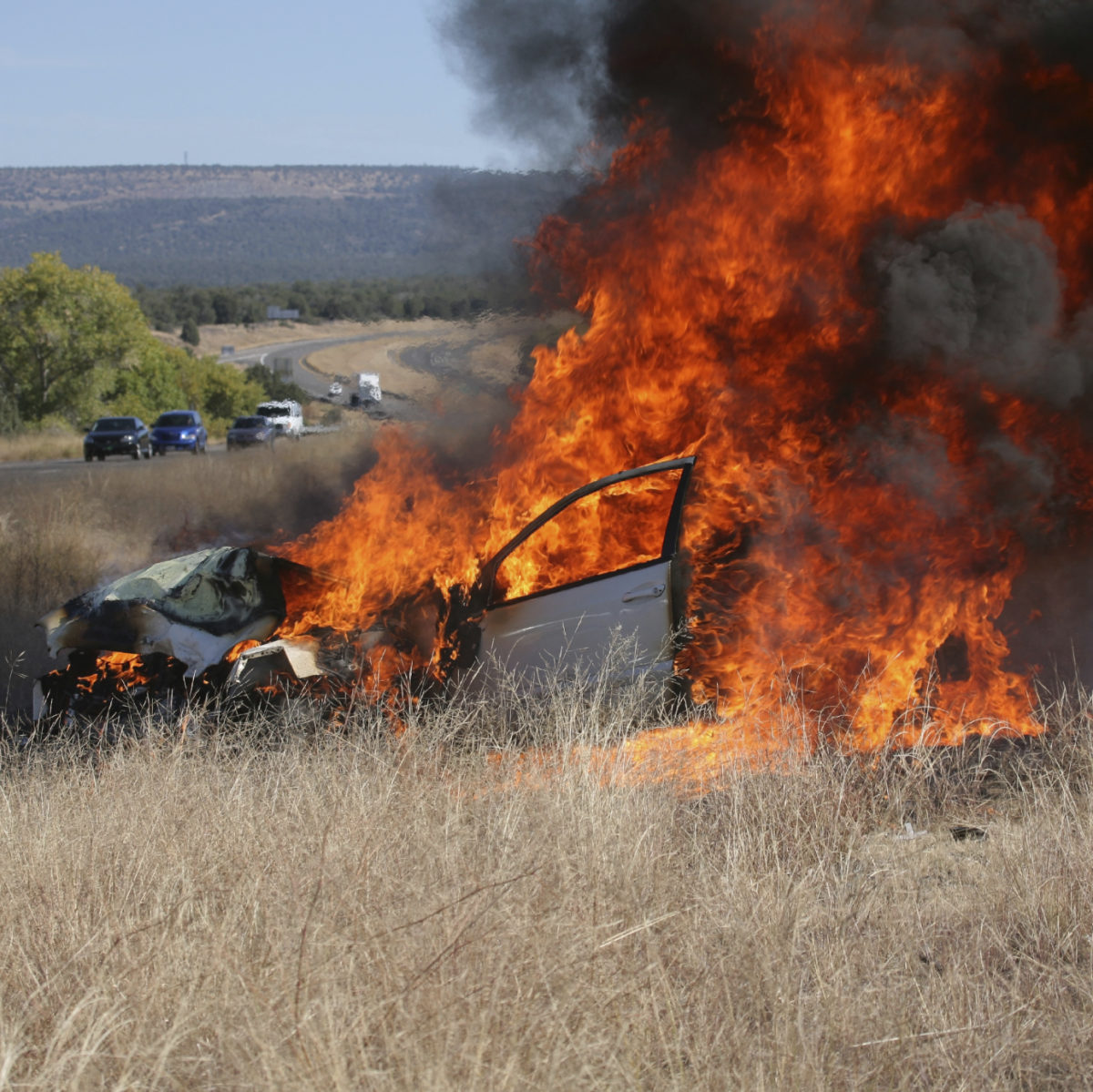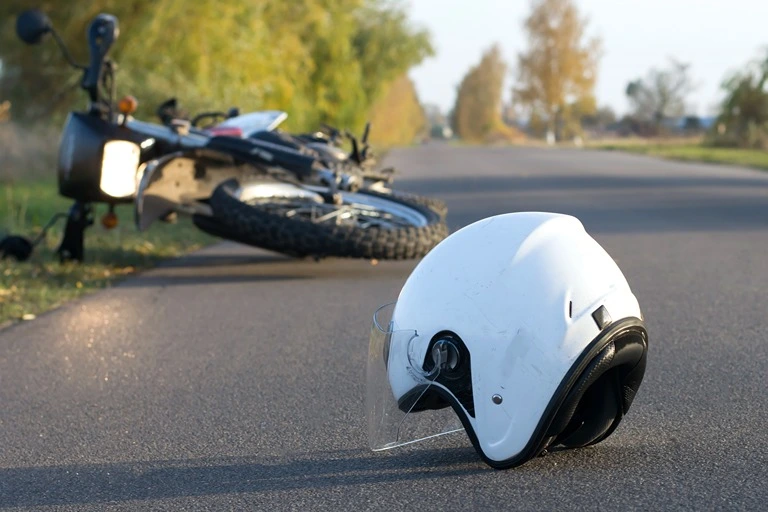
A vehicle fire can pose a complex personal injury suit, and while a fuel tank puncture is certainly involved in a multitude of these types of cases, there are many other causes that we’ve seen in our practice. These include: fuel tank seam splits, filler-neck defects; check-valve defects; and siphoning defects. For this blog post, we will look briefly at each of these.
-
Hidden fuel tank leaks: It is very common for fuel tank leaks to be hidden after a crash. One case we dealt with in our own practice recently involved a severe rear impact, where a rear seatbelt anchor bolt punctured the tank in a rear crash. The bolt was unguarded and the resulting fire caused five deaths and a very severe burn injury. The hole in the tank was not visible until the tank was removed from the vehicle, over two years after the crash.
-
Another example of a hidden defect is when the seam of the fuel tank is split or separated in a crash. Often there will be no visible “hole” in the seam. However, when the tank is subjected to crash forces, the hydrostatic pressure created inside the tank will cause gasoline to be expelled through very minor cracks in the seam of the tank. The best way to determine if there is a hidden seam split or other compromise of the fuel tank is to inject smoke into the tank under pressure. The smoke will escape from whatever hole or seam split that may exist.
-
Filler-neck defects: Auto manufacturers have recognized for over 50 years that safety features, such as one way valves, must be incorporated into the filler neck to prevent fuel fed fires. If the filler neck (sometimes referred to as the filler pipe) is dislodged or pulled out in a crash the fuel will escape from the fuel tank if there is no check-valve. The U.S. Department of Transportation (DOT) and the National Highway Safety Bureau (the predecessor to the National Highway Traffic Safety Administration) issued a report in 1967 concerning performance standards for fuel-tank protection. The agencies found that was common for fuel to spill from the fuel-filler pipe in a rollover or other type of crash and concluded that check-valves located in the pipe would eliminate spillage:
-
Information received from accident data reports indicate[s] that the rollover type of accident accounts for the highest incidence of fatal burn injuries. In a rollover accident, fuel is often spilled from a virtually intact system. Separation of the filler pipe from the body shell or from the tank opens a large exit for the fuel. Also, the vent pipe of the tank can spill during and following an overturning accident. Check-valves located at the filler-pipe and vent-pipe openings of a fuel tank would eliminate spillage during rollover or upset. These check-valves might be gravity operated, spring loaded, or operated be vacuum from the engine. There is at least one source of a check-valve assembly which may be purchased for installation in stock cars used in NASCAR sponsored races.
-
Aftermarket modifications: Many RV’s, ambulances, vans, etc. are modified by “after-market” manufacturers. These modifiers will purchase a chassis from Ford, GM, Freightliner, etc. and then build the RV or ambulance on the chassis. These modifiers will often re-route the filler-neck to accommodate their particular vehicle. These modifications can cause vehicle fires when the filler-neck is pulled away from the tank in a crash. Any time a vehicle which has been modified is involved in a post-crash fire, it should be investigated to determine of the modifications contributed to the cause of the fire.
-
Siphoning defect: Most of us know that gasoline thieves can simply stick a hose down the fuel pipe into the tank in order to siphon gas from the tank. The same concept can occur in a vehicle crash, except that the fuel will siphon out of the tank through a hole or compromise in the fuel line. Most vehicles manufactured after the early 1980s have three fuel lines: supply, return, and vapor lines. Siphoning occurs most often in the return line or supply line. An attorney investigating a siphoning case must determine the location of the break in the fuel line, the fluid level in the tank, and the orientation of the vehicle at the crash scene, if the break is lower than the fluid level in the tank, siphoning will occur because of gravity. If the break is above the fluid level, there must be adequate tank vapor pressure to force gasoline to siphon upward.
For over 25 years we have litigated these matters in courts from coast to coast. For a free evaluation of your potential car fire case, call us toll-free any time at 866-931-2115.


